The art of the autumn border – how to create fall color, texture and movement that perfectly encapsulates the season
Capture the best of fall with these stunning autumnal plants


Adored for its foliage displays, long walks, crisp air and golden light, autumn is a special time of year. In the garden, fall’s arrival is often announced with rich warm colors, vibrant berries and textured foliage, but how do you go about achieving a successful autumn border? Whether you want to fill in some gaps or start again from scratch, we will show you how to create a border that encapsulates the very best of fall for you to enjoy.
From classic rusty hues to texture and movement, we’ll discover some of the best plants, shrubs, grasses and bulbs to give your garden impact and interest come the autumn.
However, deciding when to plant a fall garden takes a little bit of forethought and planning. For example, fall-flowering bulbs are generally planted in the spring, whereas the best time to plant deciduous shrubs tends to be in early autumn, so their roots can establish before winter.
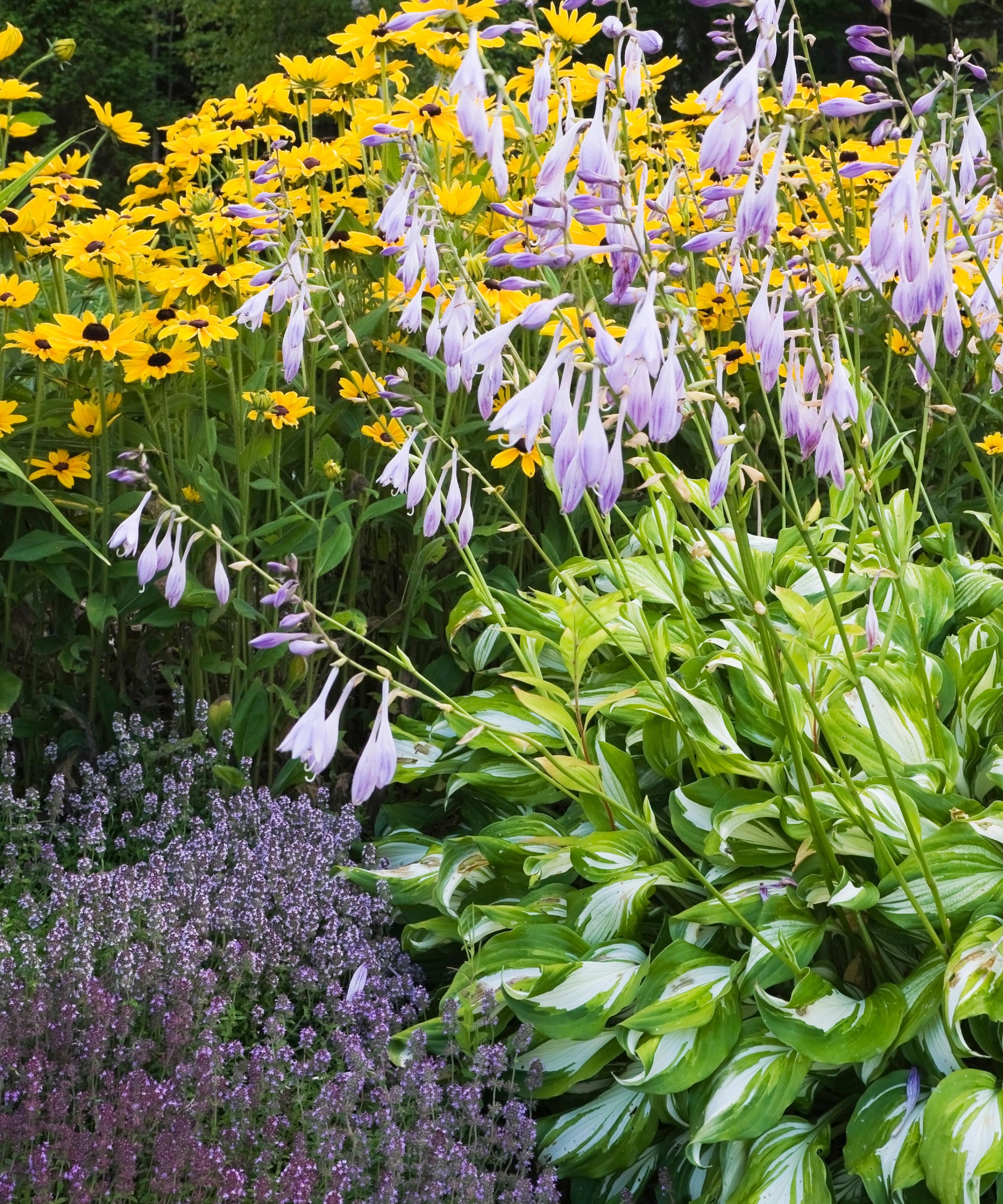
What to include in an autumnal border
Over my professional gardening career, I’ve managed many gardens throughout the seasons and discovered what performs best in the fall.
Here are some of my favorites that, to me, encapsulate the best of autumn that you can grow in your garden as well.
Perennials for an autumn border
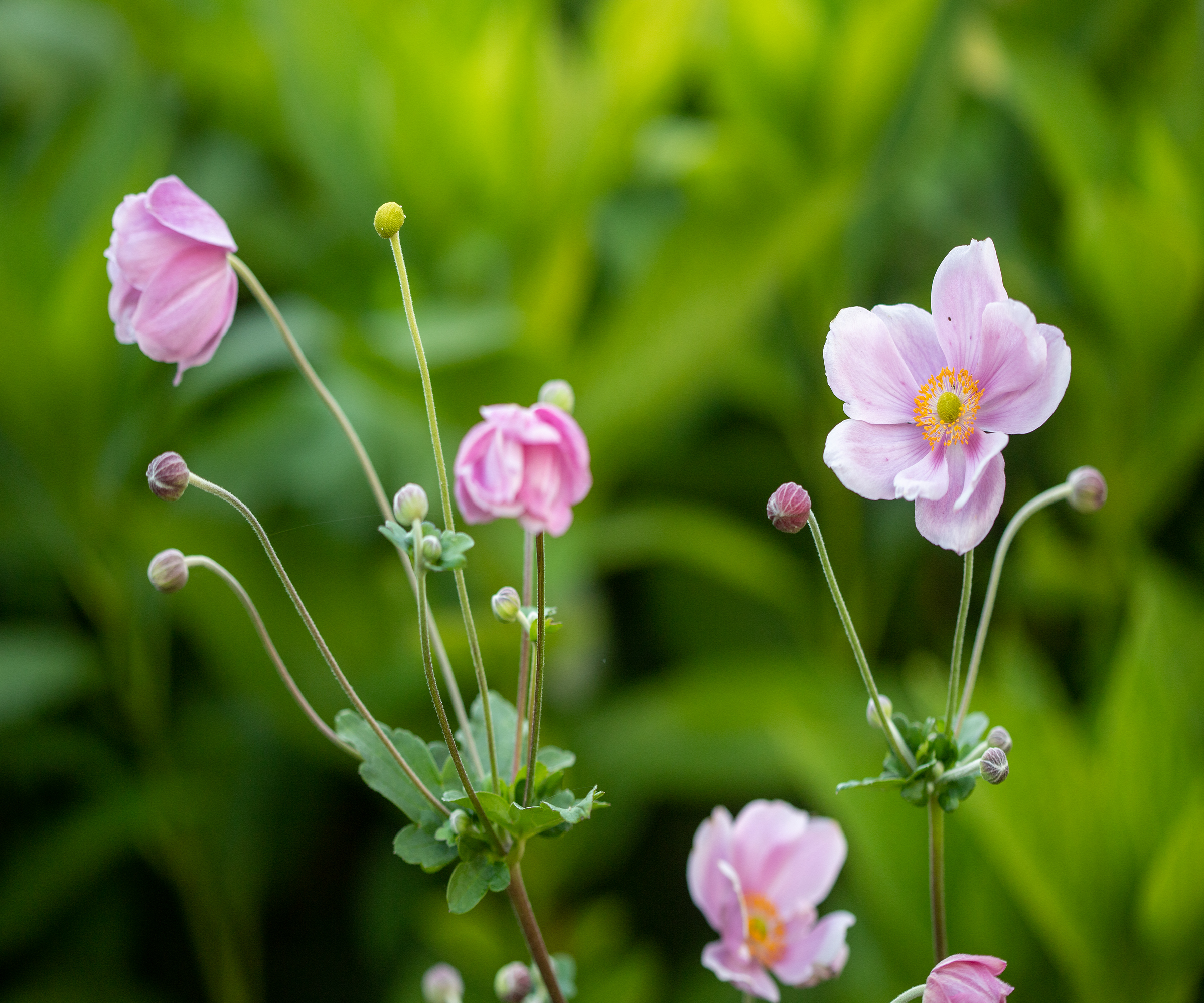
As summer draws to a close, many flowering plants run out of steam after performing well over the hottest months. That being said, there are some perennials that only begin to get going at the end of summer and can provide a much-needed injection of color inerest into the garden.
Japanese anemones
Design expertise in your inbox – from inspiring decorating ideas and beautiful celebrity homes to practical gardening advice and shopping round-ups.
Known for their graceful form and large and colorful flowers, windflowers or Japanese anemones, as they are also known, are one of my trusted go-tos. Reaching a height of 2-4 feet, these rhizomatous perennials are suitable for growing in US hardiness zones 4-9 and thrive on rich and fertile soil in partial or dappled shade. You can find live Japanese anemone 'honorine jobert' plants at Amazon.
However, with a tendency to spread, you can constrain their growth with a root barrier or by digging up escapees as they appear.
Asters
Easy to grow and loved by pollinators, Michaelmas daisies, or asters, are a traditional cottage garden plant. Flowering from late summer well into the fall, asters are tough and hardy and suitable for growing in US hardiness zone 3 and above. Available in a range of pastel and vivid hues, there is an aster variety for every color scheme.
Heleniums
Alternatively, for warmer tones of copper, orange and red, heleniums are ideal. Blooming through summer and into the fall, heleniums can be grown in USDA zones 3-8, but prefer full sun and a moist, well-drained soil.
Available with a maximum height of 2-5 feet, there is a sneezeweed variety for any section of the border. Helenium seeds are available from Amazon.
Gaura
With its whimsical, slender flower stems, gaura is hard to beat. White or pale pink flowers held aloft on tall stems are classically elegant and sway in even the gentlest of breezes. Whirling butterflies, as it is also called, can grow up to 4 feet tall, depending on the variety and will continue to flower into the fall.
Come the end of summer, its foliage turns from green to red, adding to its autumnal appeal. Less hardy than the previously mentioned perennials, gaura is generally considered hardy in zones 5-9 and prefers full sun and a well-drained soil. Ideal for growing alongside ornamental grasses.
Shrubs for an autumn border
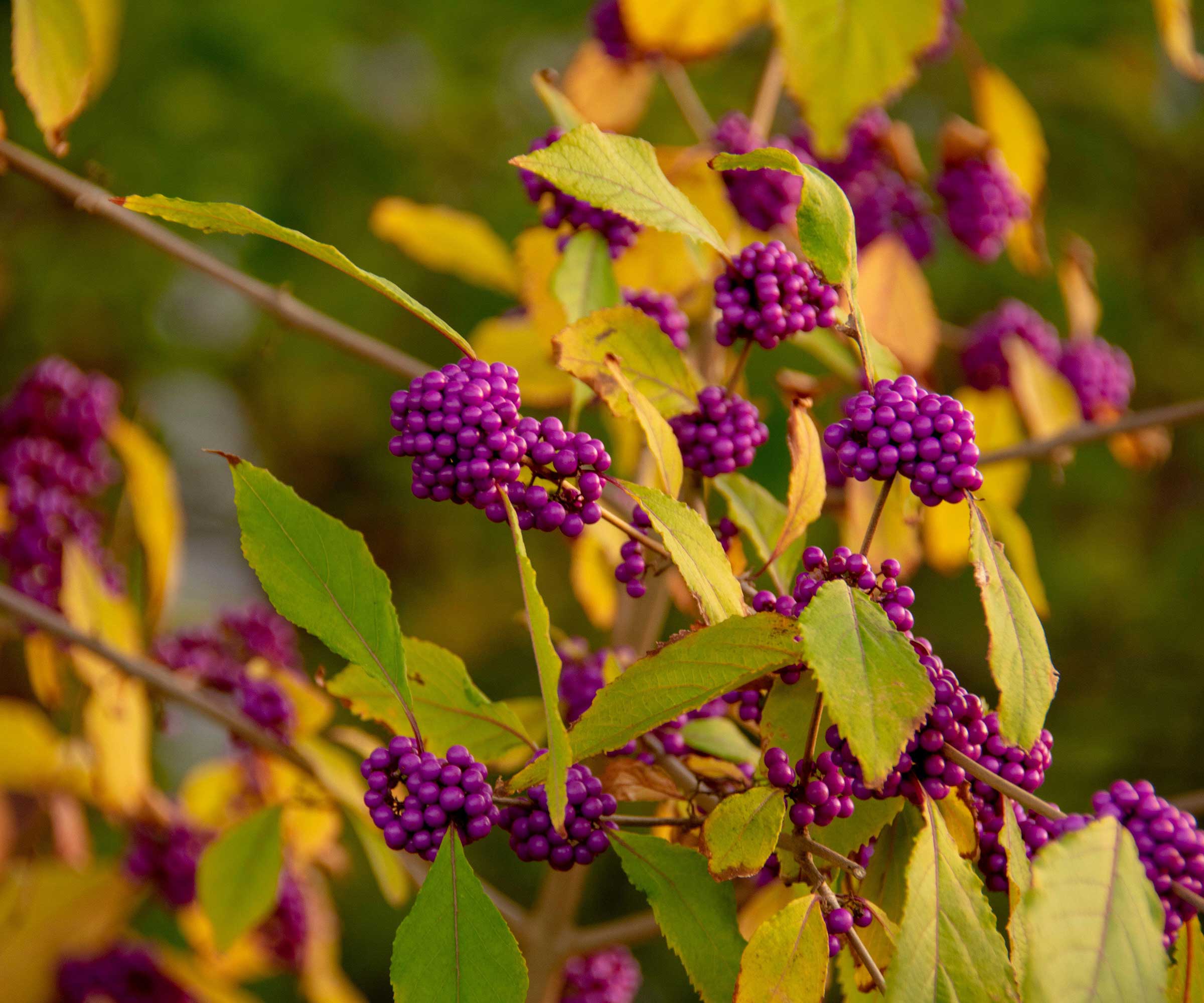
Providing structure and a backdrop for other plants, shrubs are important in any garden, but when it comes to an autumn border, they can add even more. From colorful foliage to berries and seed heads, shrubs have an important role in a fall display.
Smoke bush
Grown as a shrub or a small tree, the smoke bush, Cotinus coggygria, is admired for its vibrant foliage and clouds of tiny flowers that resemble smoke. With their leaves turning orange or red as the temperatures fall, autumn is when they really shine.
Providing a showy background for other plants to dazzle in front of, Cotinus are ideal at the back of a border. Hardy in zones 4-8, this deciduous shrub performs best when grown in full sun and on a fertile, well-drained soil.
Chinese plumbago
For the front of an autumn border, the lower-growing Chinese plumbago, Ceratostigma willmottianum, is a great choice. A sub-shrub that grows to around 3 feet tall, it produces striking blue flowers from late summer onwards and its green foliage turns deep red come fall. It prefers full sun, a well-drained soil and is suitable for growing in zones 5-9.
You can find beautiful Chinese plumbago starter plants on Amazon.
American beautyberry
Adored for its clusters of bright violet berries, the American beautyberry or Callicarpa americana is another deciduous shrub known for its fall display. If not eaten by the birds, the purple berries may last from the fall into mid-winter and contrast strongly against the leaves that turn from green to orange or yellow come fall.
Growing to 6 feet tall, it is perfectly suited to the back of the border, is considered a drought-tolerant shrub and hardy in zone 6 and above. Although tolerant of partial shade, the best foliage color and fruit production occur when grown in full sun.
Grasses for an autumn border
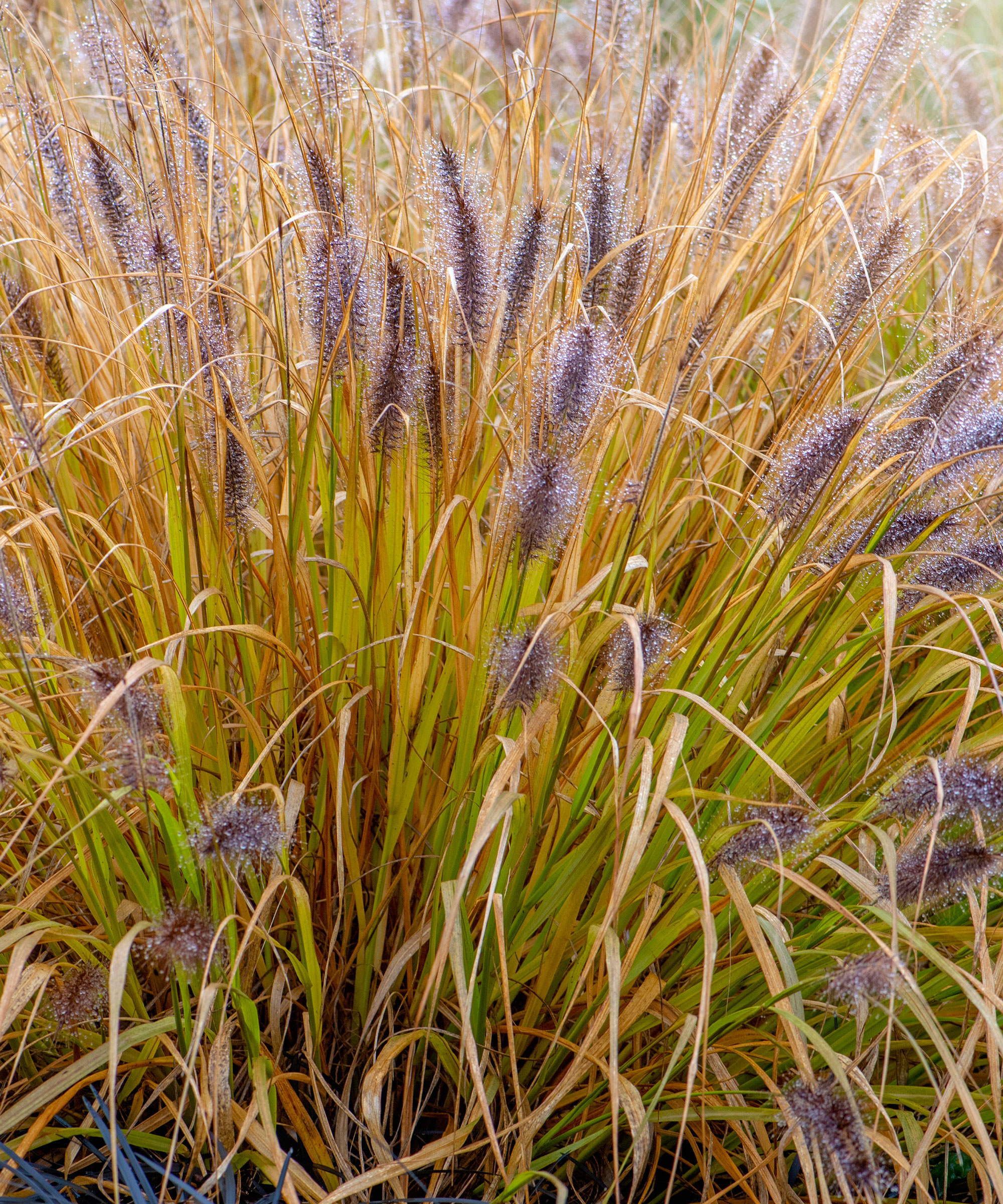
Offering structure, texture and movement, ornamental grasses have a lot to offer. However, it’s when the low autumn sun shines through them that they really come to life.
Pheasant's tail grass
Forming large clumps of slender green blades that change to fiery shades of copper and bronze come fall makes Anemanthele lessoniana or pheasant’s tail grass, perfect for an autumn border.
Perfect for drought-tolerant planting, this ornamental grass copes with full sun or partial shade, grows to 3 feet tall and will tolerate most soil types. Virtually pest and disease-free, it thrives on neglect.
Golden oats grass
For a taller specimen, Stipa gigantea or golden oats as it is commonly called, will grow to around 6 feet tall. A clump-forming and semi-evergreen grass, golden oats, as its name suggests, produces golden oat-like flowers held high above its foliage that look stunning when backlit by the low winter sun.
Growing best in full sun and on a well-drained soil, it is well-suited to growing in US zones 5-10.
Pennisetum grass
Fountain grass, also known as pennisetum, can often be found in back yards and for good reason. Easy to grow and low maintenance, fountain grasses produce feathery flower plumes in a wide array of colors. However, it requires full sun and a well-drained soil to perform well.
You can find a wide range of pennisetum grass seed and plants from Amazon.
Depending on the variety, fountain grasses can turn orange, bronze or red as winter approaches and provide texture and movement. Hardiness can vary, with some hardy examples able to tolerate US zone 5 and others more tender and only suitable for zone 9 and above.
Bulbs for an autumn border

For the front of a border or under a deciduous tree, the fall-flowering Cyclamen cilicium and hederifolium and Crocus sativus are ideal for growing and naturalizing. The delicate pink or white flowers that bloom in the fall make Cyclamen cilicium a great choice for a fall border.
Growing to a height of only 6 inches tall, this cyclamen's dainty flowers appear just above its green, heart-shaped foliage. A partial-shade lover, this hardy cyclamen happily naturalizes when grown on a moist, yet well-drained soil in zones 5 and above.
When crocuses are mentioned, the early spring flower that is planted in the autumn is usually the first to come to mind. The saffron crocus, Crocus sativus, however, is a fall-blooming crocus that is planted in late summer. You can find saffron crocus bulbs on Amazon.
Ideally grown in full or partial sun on a fertile and well-drained soil, it produces purple flowers that contrast against its orange stamens and red saffron threads, only a few inches tall. Flowering in October, it is ideal for the front of a border and considered hardy in US zones 6-9.
Small trees for an autumn border
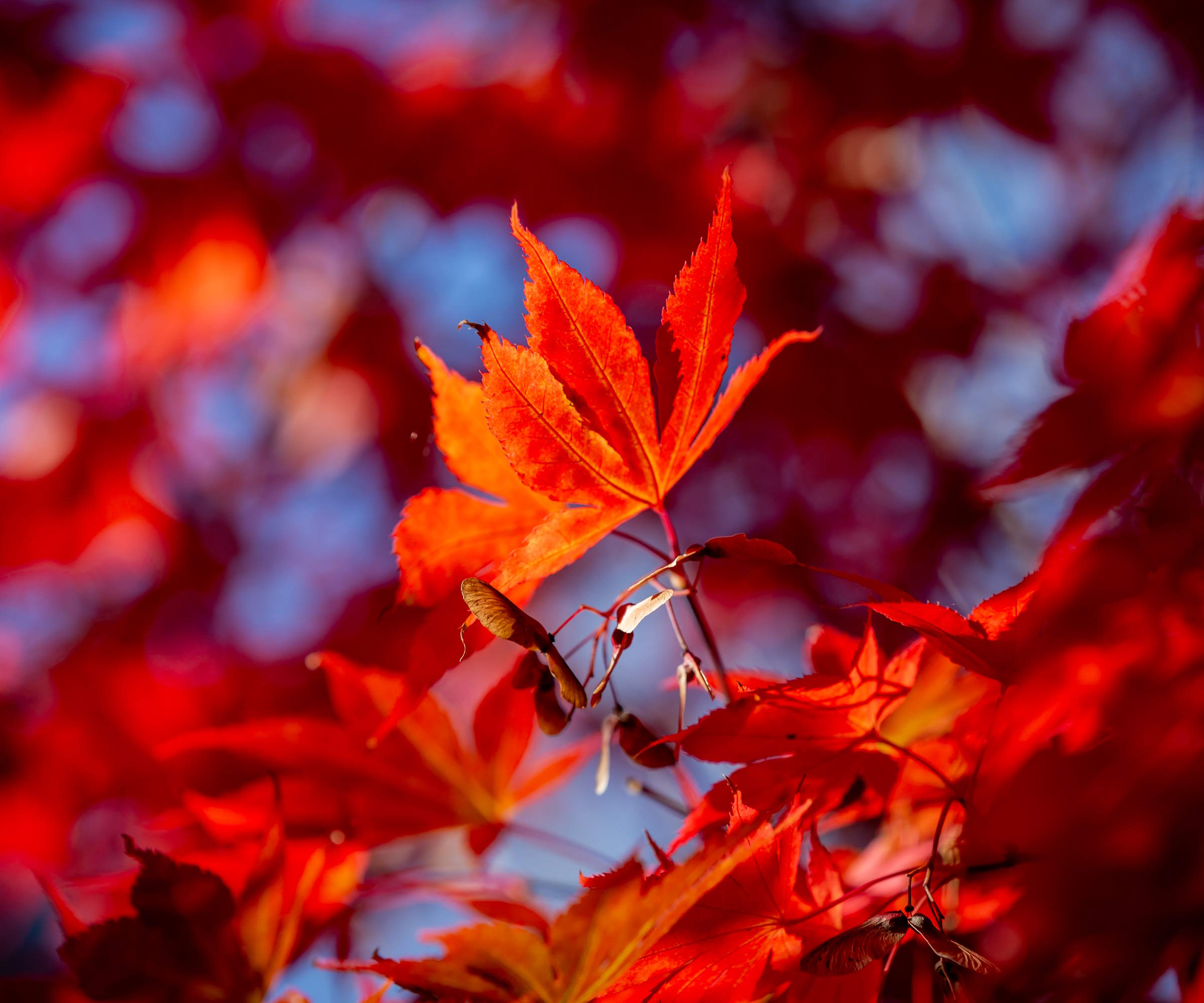
If space allows, a small tree is an excellent way of providing height and structure to a bed or border.
Known for their autumnal foliage, Japanese maple cultivars often remain small yet still pack a powerful punch come the fall. Available in weeping, dwarf, variegated and dissected forms, there is an array to choose from.
One that stands out, with its stunning crimson fall foliage, is Acer palmatum dissectum 'Red Dragon' available from Planting Tree. Best grown in partial shade and on a fertile, moist and slightly acidic soil, it is suitable for growing in US zones 5-8.
Alternatively, why not try an often overlooked and understated tree, the Serviceberry or Amelanchier? Prized for its spring blossom and berries, in autumn, its green foliage changes to a fiery orange-red that illuminates even the darkest of borders.
Available from Fast Growing Trees, this Autumn Brilliance Serviceberry Tree is suitable for growing in zones 4-9 and thrives on a moist, yet well-drained soil in full sun or partial shade.
Although not for everyone, I have seen how a water feature can be incorporated into an autumnal border with great effect. Adding a focal point and movement, a water bowl such as this Crescent Garden Large Outdoor Planter Bowl from Amazon can also provide a mirror-like surface to reflect the season’s vibrant colors and golden light.
Planning an autumn border is all very well for those who have space in their backyard. However, all is not lost for those with a smaller patio or balcony. Our feature on the best fall flowers for pots and planters is full of inspiration and advice on what you can grow for a fall display where space is limited.
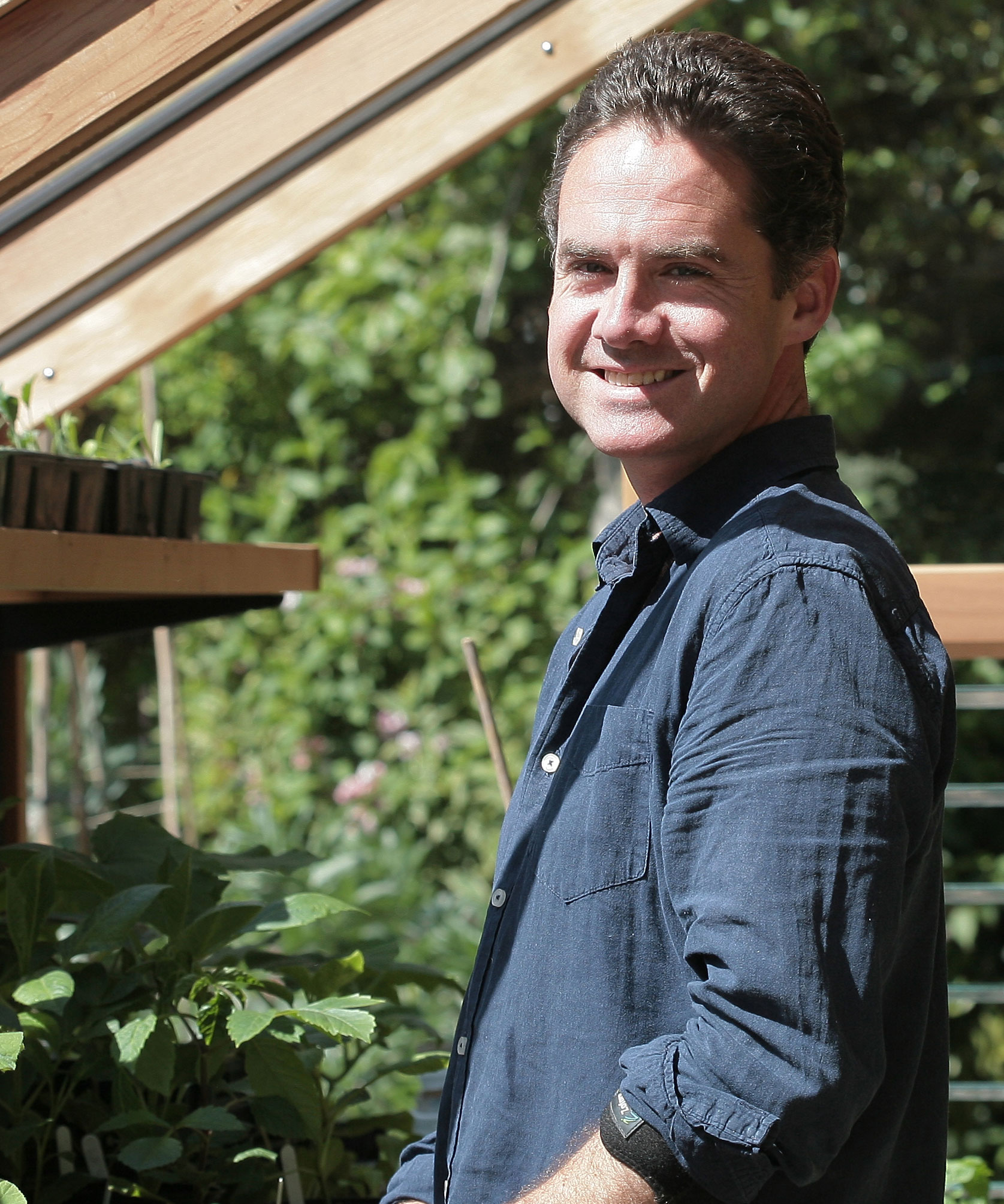
Edward Bowring is a horticultural therapist and writer with a passion for gardening and the health benefits that it has to offer. With a background in occupational therapy, Edward worked within health care settings where he witnessed first-hand the healing power of gardening and has managed and run therapeutic kitchen and community gardens ever since.
You must confirm your public display name before commenting
Please logout and then login again, you will then be prompted to enter your display name.